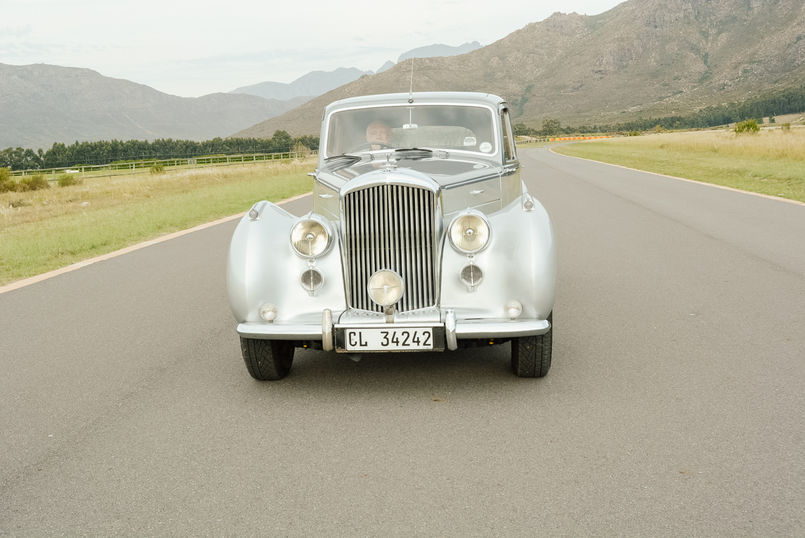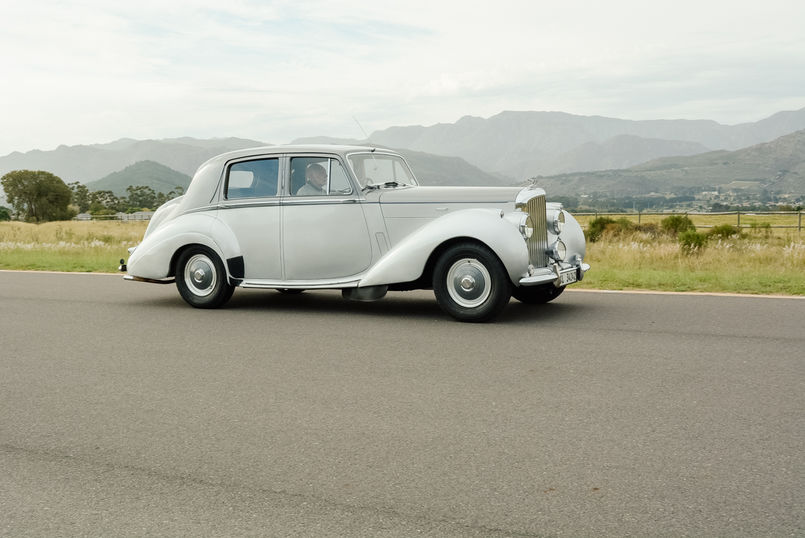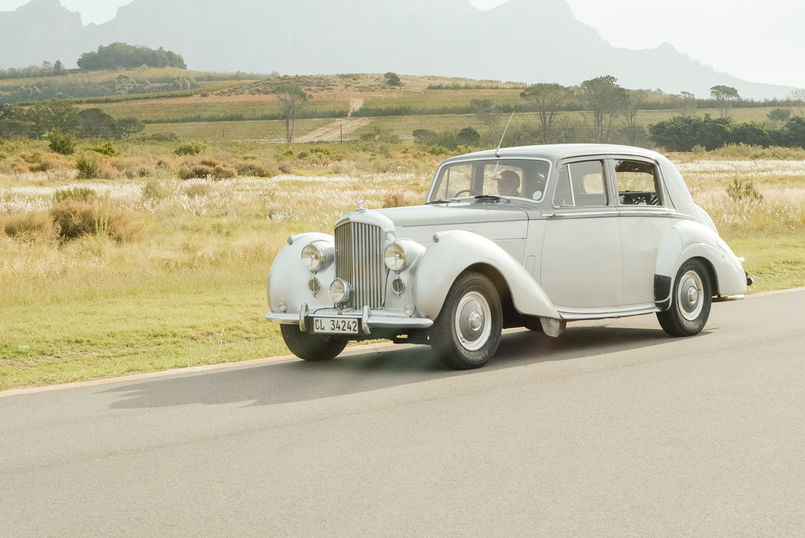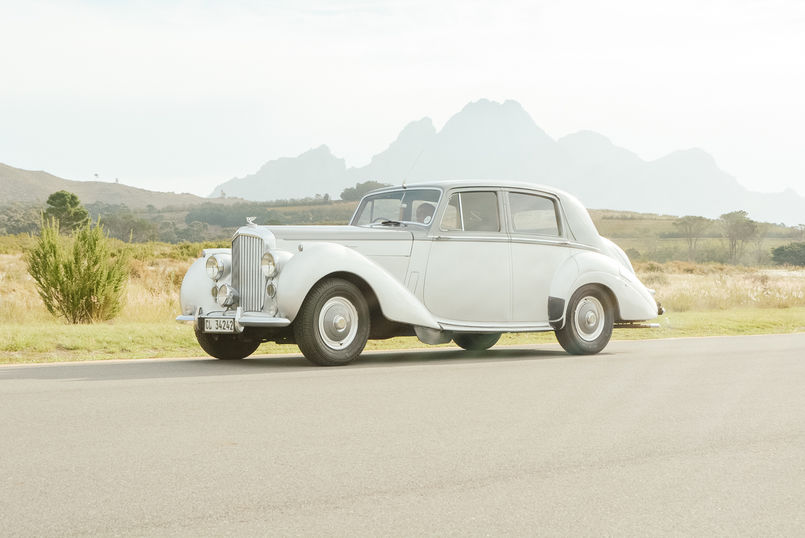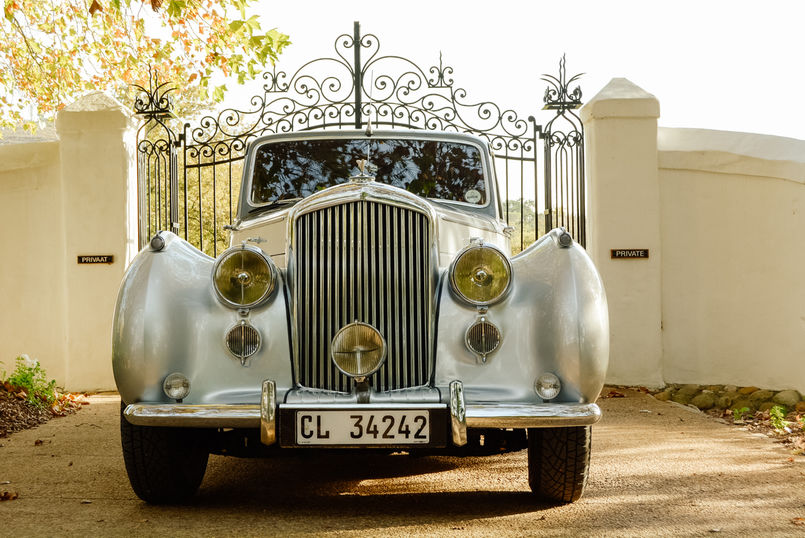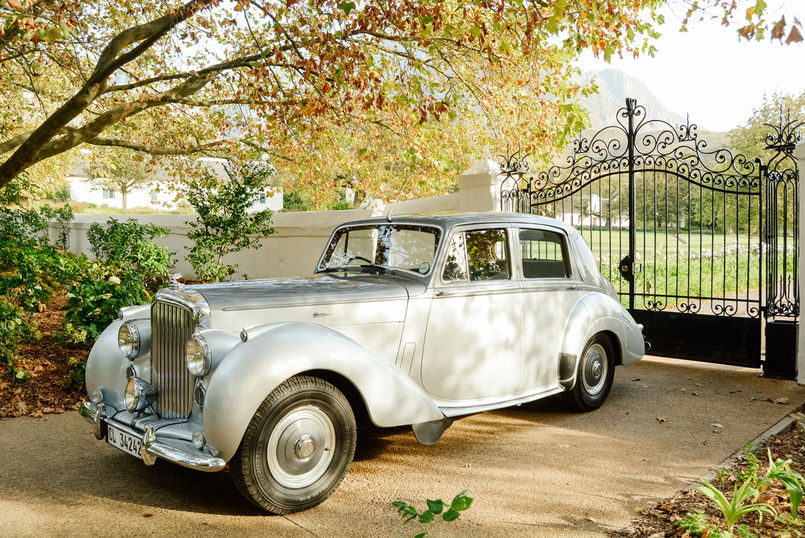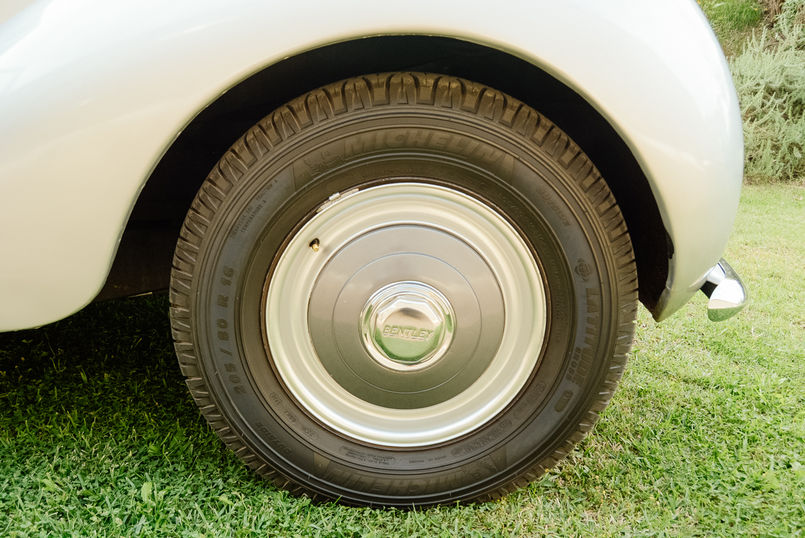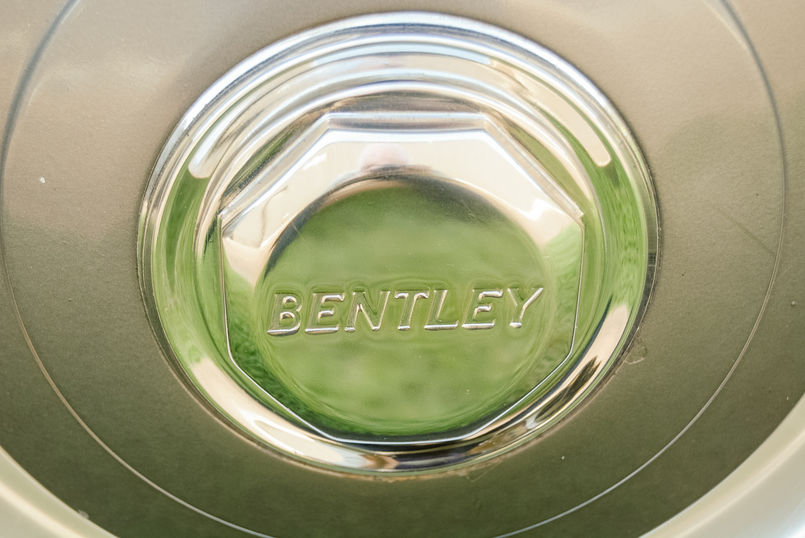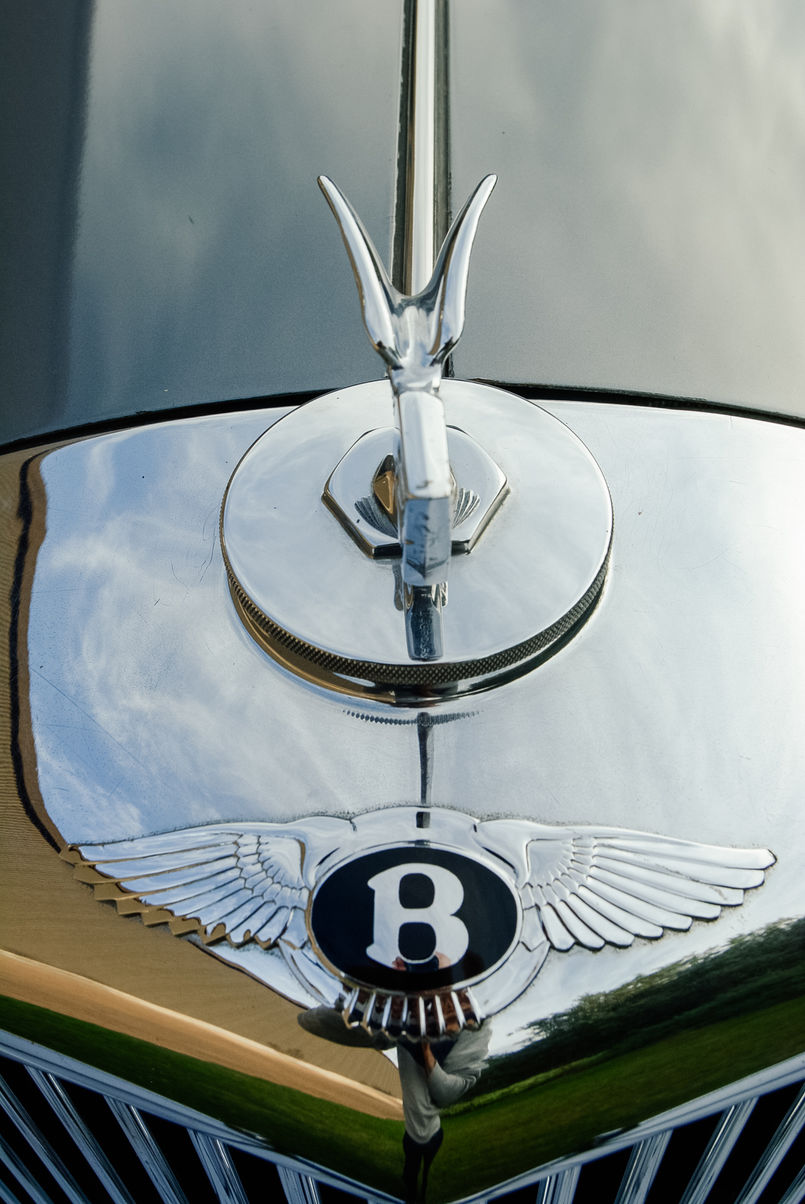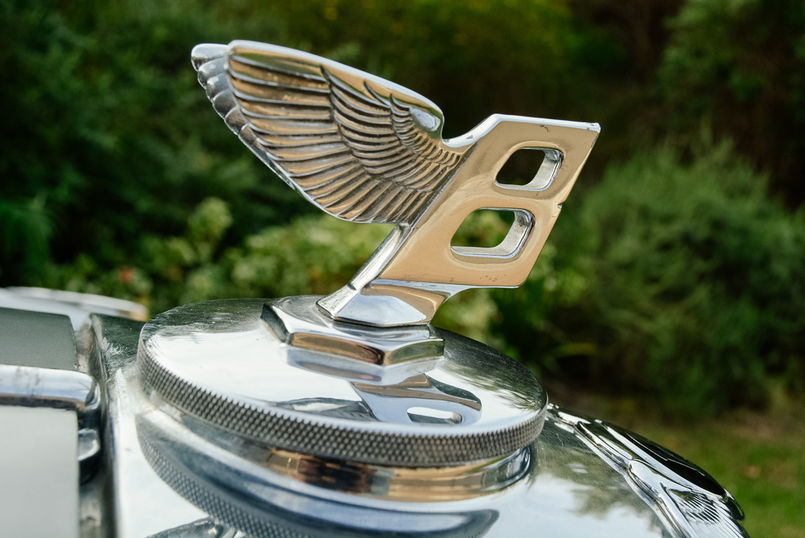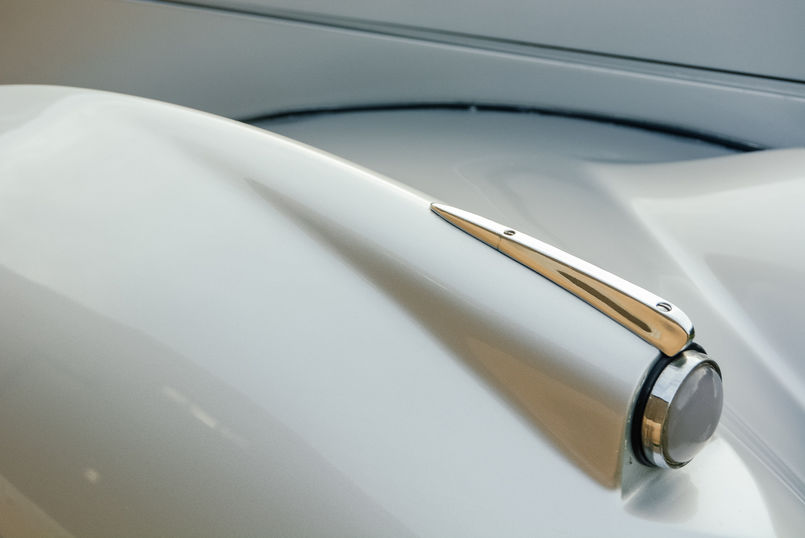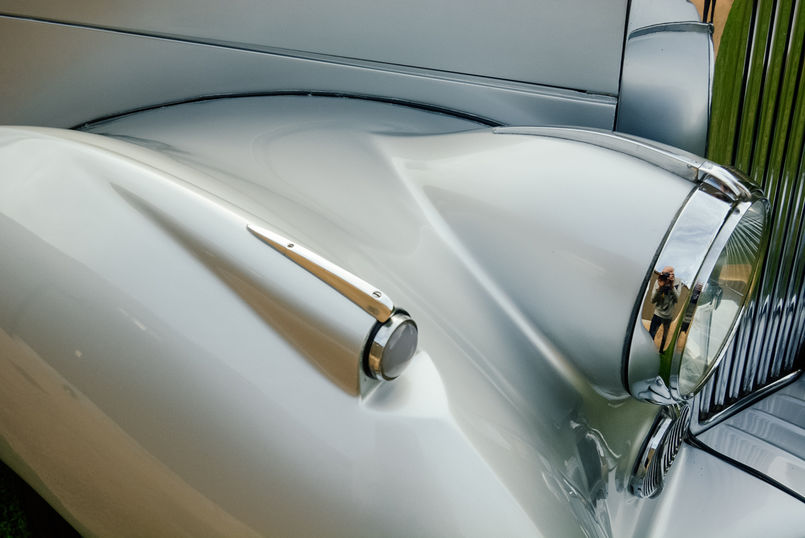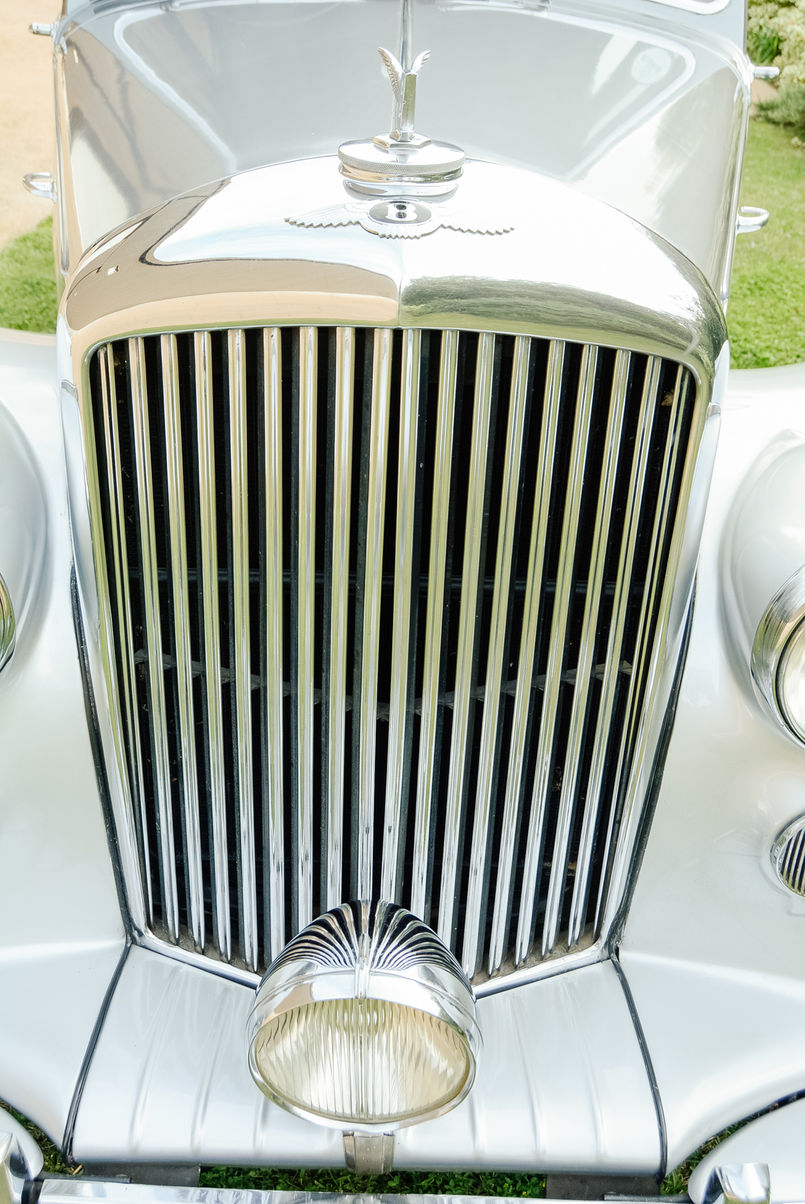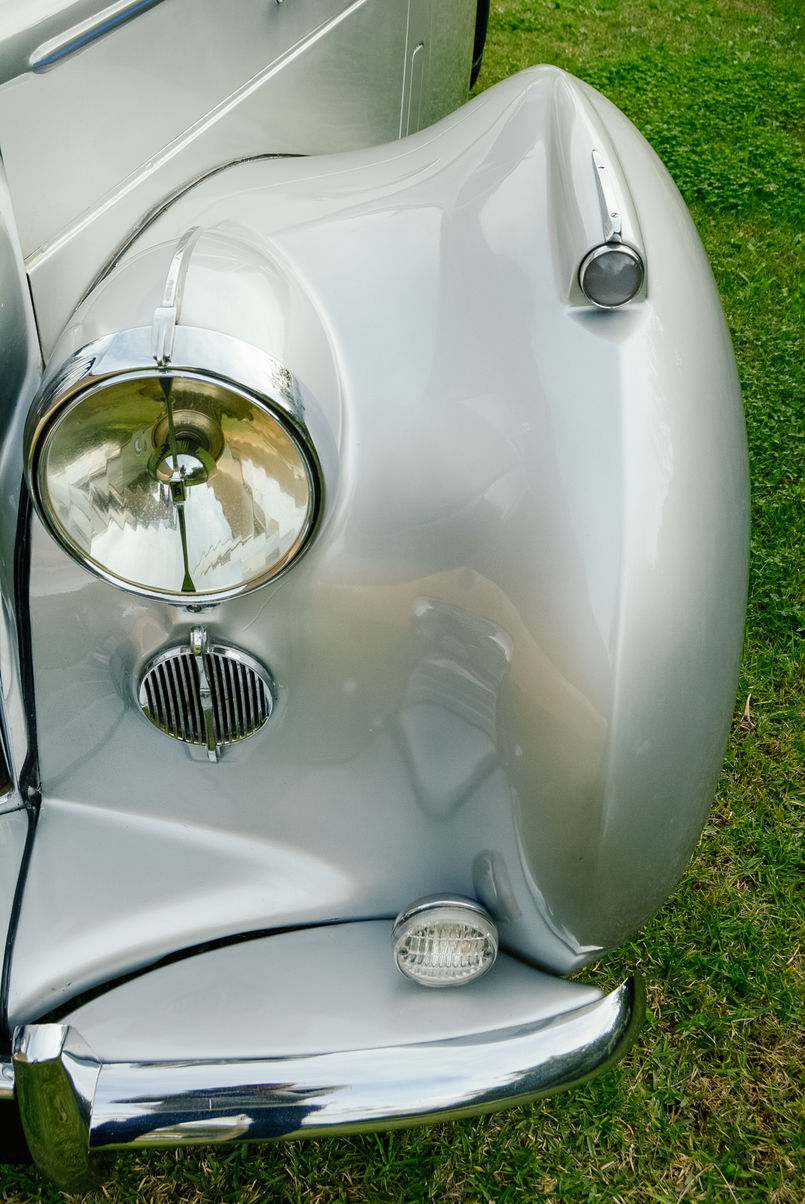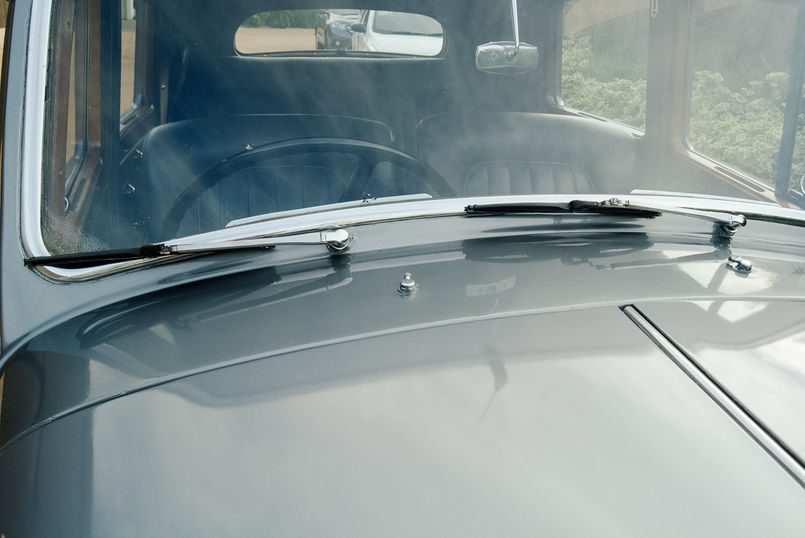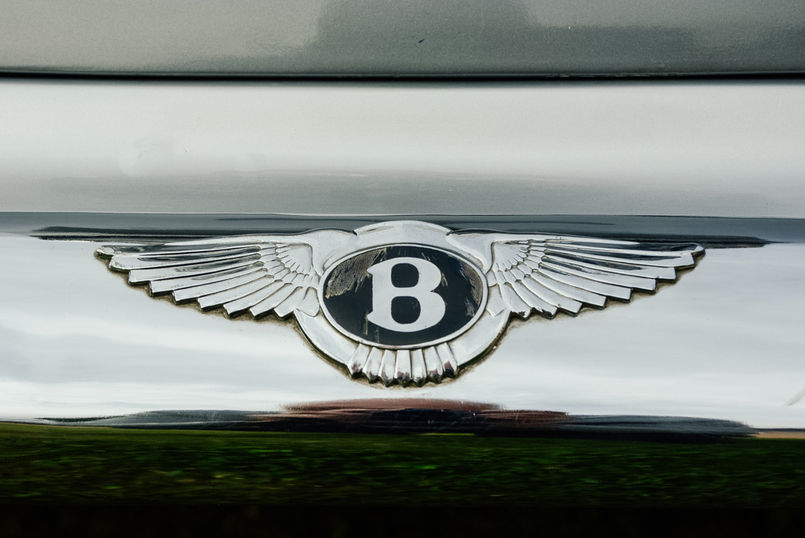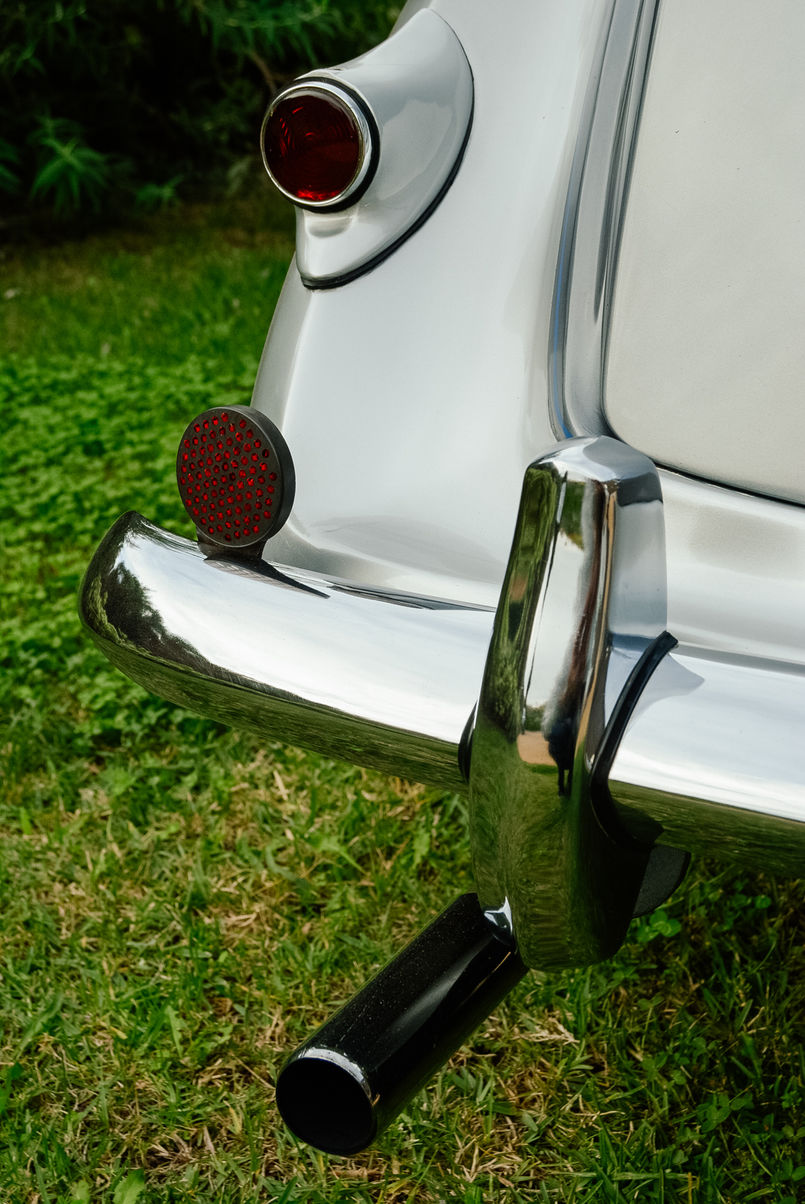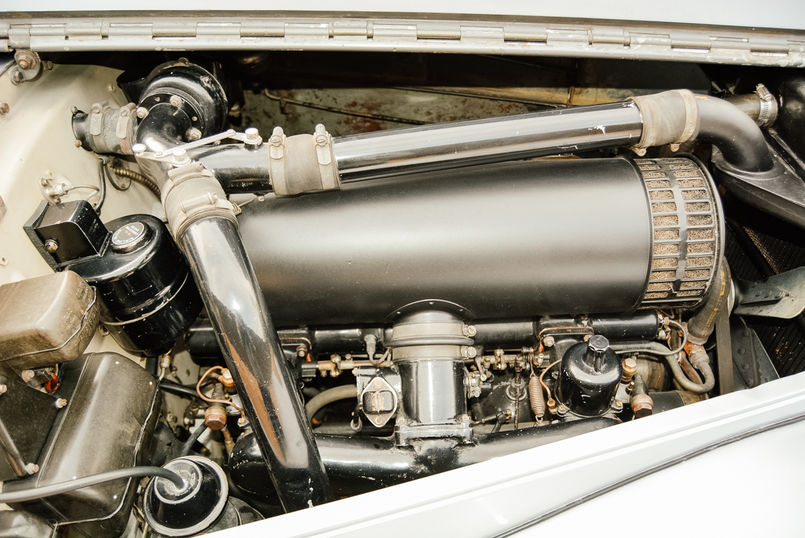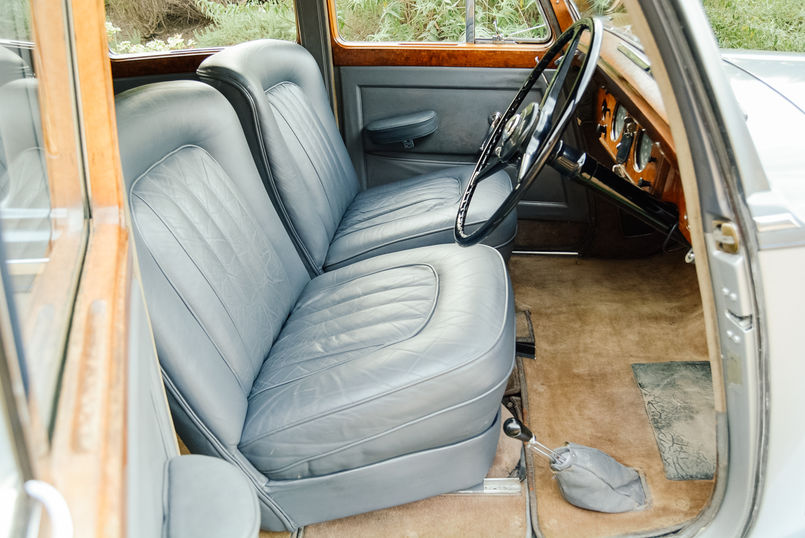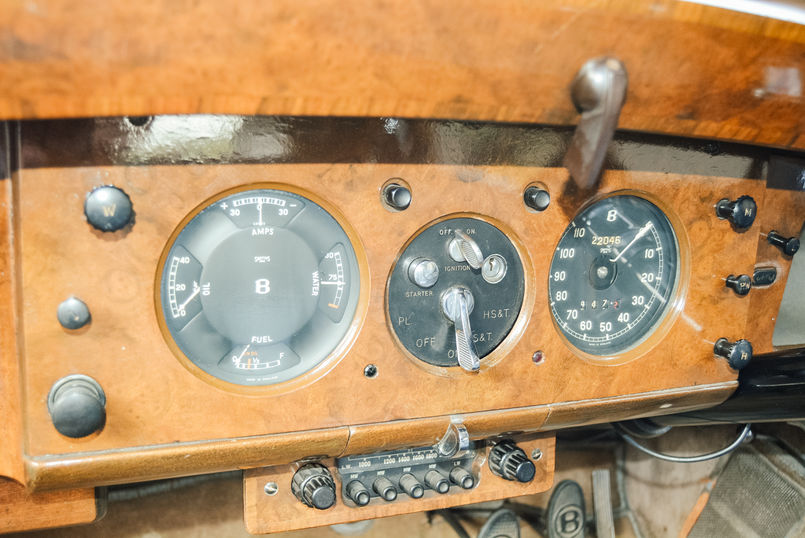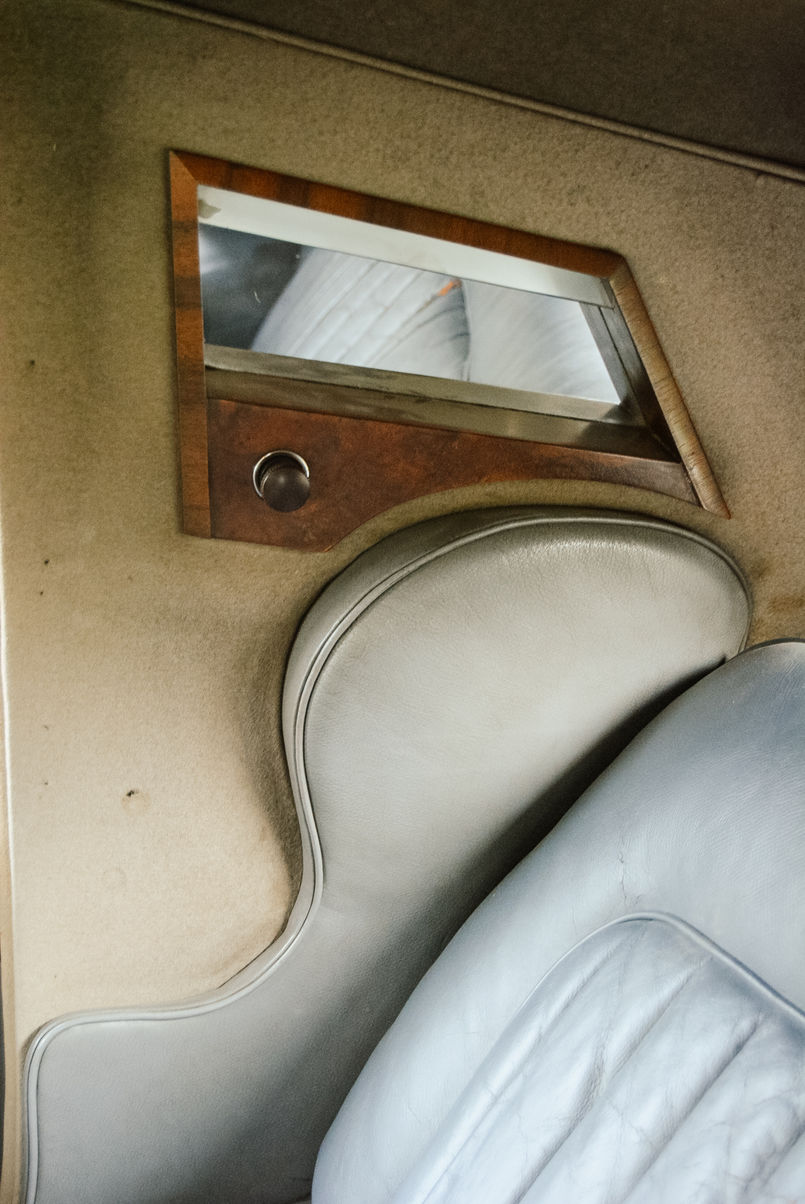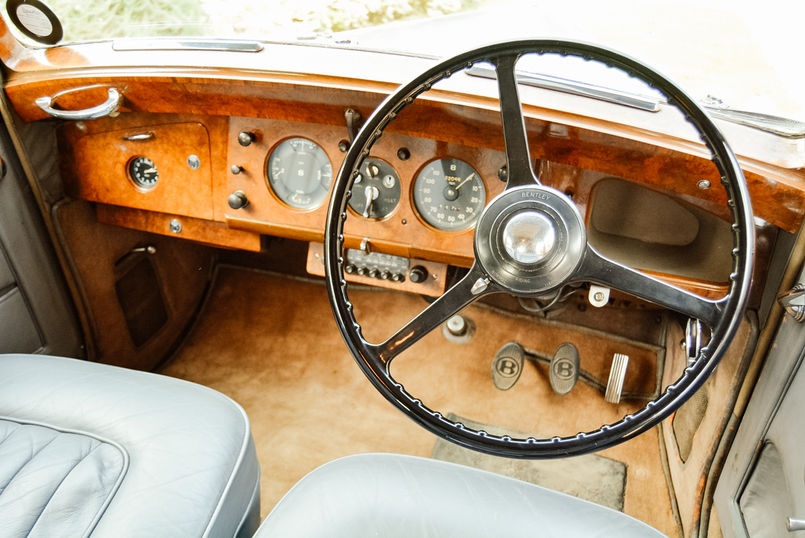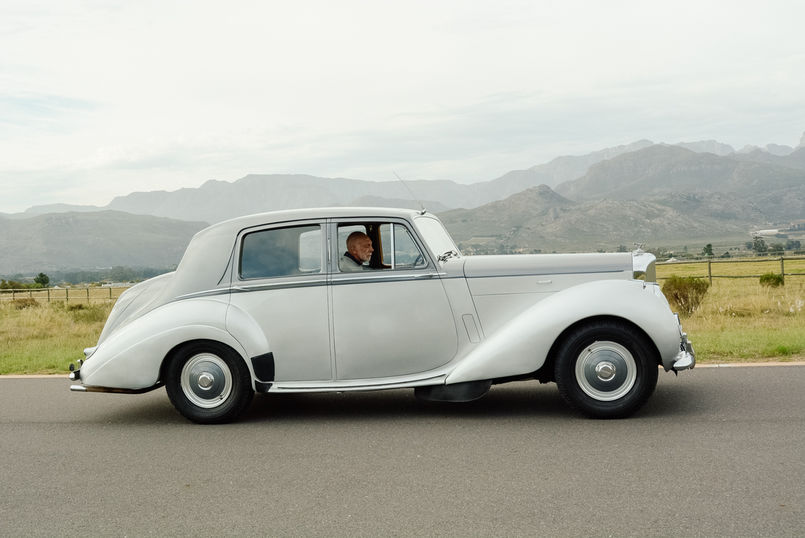
26 Sep Collection in action: Bentley Type R
This year, Bentley celebrates its centenary and to mark the occasion, Mike Monk drives one of the short-lived early-’50s Type R saloons…
Like many of the pioneering motor manufacturers, over the years Bentley has needed outside help in order to survive. Founded on 18 January 1919 by W O and H M Bentley in Cricklewood, North London, the company was acquired by Rolls-Royce Ltd in 1931, then by Vickers plc in 1980 and finally by Volkswagen AG in 1998, at which point still-partner Rolls-Royce went to BMW AG. Bentley production was moved to R-R in Derby from 1934 then to Crewe in 1946, where they are still manufactured today. And it is a product of the early post-war period that is featured here, the Bentley Type R, which was the second of three models – Mark VI, Type R and Type S – that appeared between 1946 and 1959, re-establishing the name in the premium sector of the market. Together with their R-R equivalents, all were built on a separate cruciform chassis before monocoque construction was adopted by both brands from 1960.
The Mark VI Standard Saloon was Bentley’s first post-war model and was a landmark vehicle inasmuch as it was the first Bentley to have all-steel bodywork – produced by Pressed Steel in Oxford – and the first to be completely built at the factory. However, as a result of government control of steel production in the early post-war period, the quality of the metal available was initially substandard, which did not do Bentley’s quality image any favours. Nevertheless, rolling chassis were still made available, so customers still had the option of bespoke bodywork from the likes of H J Mulliner, Park Ward, Harold Radford and Freestone & Webb, albeit at a price.
The Type R appeared in 1952 and was essentially an upgraded Mark VI – the R-R equivalent was the Silver Dawn. During development, the model was referred to as the Mark VII, or B7, but is generally known as the Type R, said to be derived from its chassis code RT. The Standard Saloon continued as did the availability of coachbuilt versions. Styling was effectively the same save for the adoption of a much-needed larger boot with a bigger opening that almost doubled carrying capacity to 10,5 cu.ft (0,297 m3) – the spare wheel was housed in a tray under a false floor. As a brief aside, the introduction of standard steel bodies by Rolls-Royce and Bentley is said by some historians to have been responsible for the eventual demise of the British coachbuilding industry.
Chassis-wise, the Type R continued with the Mark VI’s channel-section construction with independent coil-spring front suspension and semi-elliptic leaf springs at the rear, the latter with modified mountings. Wheelbase was an even 10 feet (3 048 mm) and front and rear track 1 486 mm. All-round 311 mm drum brakes were fitted, hydraulically operated at the front – a first for Bentley – and mechanically at the back via a gearbox-driven servo. Tyres were 6,50×16.
Under the centrally-hinged bonnet was the iron block, aluminium head overhead inlet, side exhaust 4 566 cm3 straight-six, as used in the last of the Mark VIs, but with a slightly higher compression ratio (6,75:1 v 6,40:1). This helped deliver around 130 hp (97 kW) at who knows what revs/min – R-R/Bentley power figures were famously always claimed to be ‘sufficient’… By the way, the R-R application of the engine had a single Zenith carburettor, whereas the Bentley boasted twin SU H6s. An automatic choke was standard. Further improvements over the Mark VI application were the fitment of a belt-driven (rather than gear-driven) dynamo and water pump, and a change from a by-pass oil filter system to one using a full-flow layout.
Standard gearbox was a four-speed manual, with a GM-sourced Hydramatic autobox offered as an option before becoming standard fitment from 1954. Interestingly, the Type R is the last Bentley to have been offered with a manual transmission. Top speed was 102 mph (164 km/h) with the academic 0-60 mph (97 km/h) time of around 13,5 seconds. Fuel consumption was in the vicinity of 13 mpg (21,7 litres/100 km).
FMM’s Type R is a 1953 Standard Saloon that was acquired some years ago from the late Waldie Greyvensteyn collection, and is one of the last to be built with the manual ’box. Apart from being a studious classic car collector, Waldie was an astute businessman and after the war his garage business in Brandfort, Greyve’s Motors, was the then Orange Free State’s sole agency for Rolls-Royce and Bentley.
Resplendent in its two-tone grey paintwork, the regal Bentley is still in superb original condition. Measuring 5 080 mm long, 1 753 mm wide and 1 638 mm high with styling devoid of any sharp edges, it combines considerable presence with timeless elegance. The front ‘suicide doors’ are a throwback to the 1950s but stout latches on the bottom edge prevent them from being blown back on their hinges. Entry for the driver involves easing over the gear lever that is mounted on the almost flat floor to the right of the footwell, just inside the sill, but one soon learns to negotiate the obstacle. Incidentally, left-hand drive cars had a column shifter. Brake and clutch pedals carry ‘B’ embossed rubbers, the headlight dip switch is to the left of the clutch, and the handbrake is located under the dash. Instrumentation set into the full-width walnut veneer dashboard comprises a speedometer and gauges for coolant temperature, amps, oil pressure and fuel tank. A radio is fitted centrally underneath, and to the left there are a lockable glovebox and a slide-out tray containing an impressive array of tools. The leather upholstered seats are flat but comfortable. Rear-seat passengers benefit from foot stools and pull-down trays from behind the front seats.
Turn the ignition switch (not the key), press the starter button and the engine purrs into life. The stout gear lever moves around a well-defined and sensibly-spaced gate with a pleasing mechanical assurance. There is plenty of torque to get this hefty machine – kerb weight just over 1 900 kg – up and running. At cruising speeds, the Type R wafts along with consummate ease with steering that is surprisingly well-weighted. Ride quality can be altered by a lever on the steering wheel boss that adjusts the rear suspension setting from Normal to Hard. The Type R certainly takes the stress out of travelling, and this car took part in the Centenary Vintage Bentley Tour around the Garden Route in late-April without missing a beat, testimony to its inherent long-lasting quality.
And like Rolls-Royce and Mercedes-Benz, Bentley has a distinctive trademark radiator mascot to point the way ahead, a Flying B badge that dates back to the late-1920s. Its design survived until the 1970s when it was withdrawn for safety reasons, but returned in 2006 with the development of a retractable mechanism.
Along with the saloons, a sportier Type R Continental coupé was offered and produced in limited numbers with made-to-order bodywork, mainly by H J Mulliner. These models, the first to carry the Continental name, have become collectors’ items – figures suggest just 208 were made in total – and are now something of an icon in Bentley folklore.
The Bentley Type R saloon was only in production for three years but was certainly a sales success with 2 323 built between 1952-55, far out-selling the 760 R-R Silver Dawns over the same period. Driving this 66-year-old example gave me such a lot of pleasure and a clearer understanding of why these post-war Bentleys were, and still are, so popular; it looks and feels stately without being snobbish. Happy centenary Bentley!
